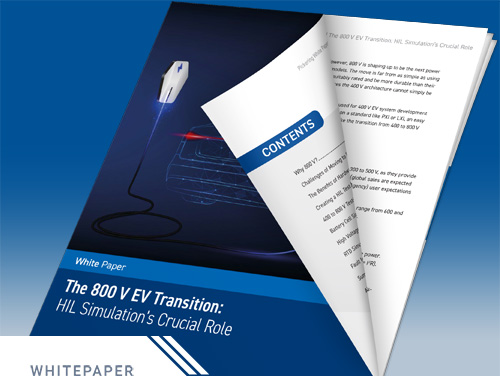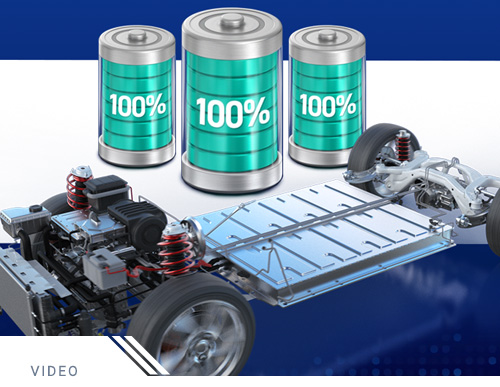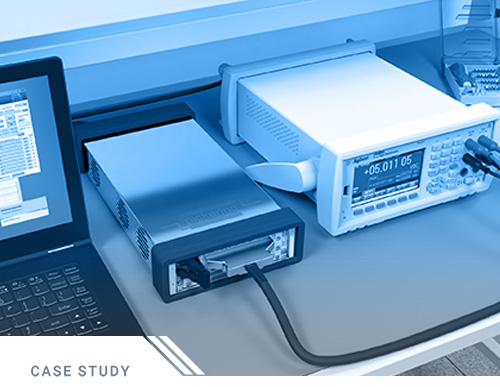Thank you for signing up for our webinar, EV Test Challenges When Moving From 400V To 800V
Please enjoy the on-demand video.
Download the PDF of the webinar presentation deck.
Below are the Questions from the Q&A portion of the webinar.
Q: You mention simulating individual cells, why not just have a high voltage supply that is subdivided using potential dividers rather than individually controllable cells?
A: While doing this with a potential divider may be a solution in certain circumstances it does not allow the individual control of each cell within a stack. This is important to identify any issues where wiring or design issues could be feeding a single cell to multiple inputs of a BMS. Additionally, individual control of the cells being simulated also allows the simulation of an unbalanced stack where each cell may be at a slightly different voltage, further leading to the ability to run cell balancing, be it passive or active.
Q: Why would someone select an RTD or Thermocouple?
A: Both technologies have their advantages, for example, a TC is more robust and has a greater range than an RTD, along with a much more linear response, however, they require more complex measurement circuitry. In contrast, an RTD has greater sensitivity and due to simplified measurement circuitry is generally lower cost when looking at a system.
Q: How does moving from a 400V to an 800V system improve the performance of an EV, particularly in terms of acceleration and power delivery?
A: An 800V architecture typically allows for more efficient power delivery. This can result in better performance, including quicker acceleration, due to the ability to deliver more power to the electric motors more efficiently.
Q: How does the increase in voltage impact battery efficiency and thermal management within the EV?
A: Higher voltage systems can be more efficient, reducing losses due to heat. This means potentially better battery life and performance, as well as reduced cooling requirements. However, the design and management of these systems become more critical to handle the higher voltages safely.
Q: Are there any additional safety considerations or measures that need to be considered when dealing with the higher voltage in an 800V EV?
A: Safety standards are stringent for all EVs. Vehicles with 800V systems are designed with these higher voltages in mind, incorporating additional insulation, safety features, and fault detection systems to manage the risks. However, handling and repairs might require more specialized knowledge.
Q: Are current EV charging stations compatible with 800V charging, or will I need to find specific chargers that support higher voltage?
A: Some EV charging infrastructure providers have started to introduce chargers capable of handling 800V charging, particularly to cater to the needs of next-generation electric vehicles like the Porsche Taycan, Audi e-tron GT, and upcoming models from other manufacturers. These chargers are often referred to as "ultra-fast chargers" and are gradually being integrated into charging networks.
Interested in learning more today? Take a look at our other on-demand webinars & videos.








